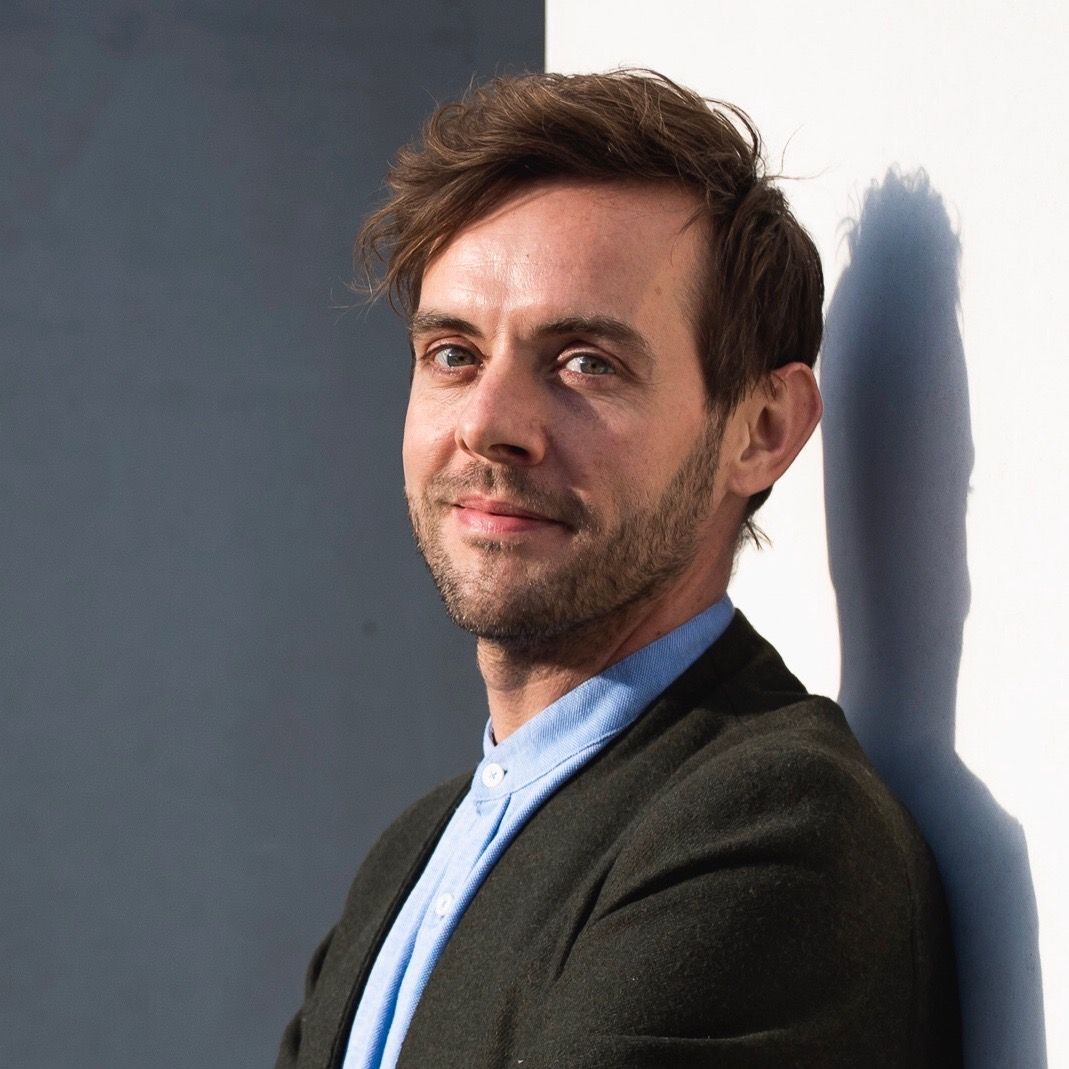1,074 reads
A way to be Agile without micromanagement
by
July 7th, 2016

Exited Founder/CTO • Built world-record-breaking deeptech • Led multiple scaling
About Author
Exited Founder/CTO • Built world-record-breaking deeptech • Led multiple scaling

Exited Founder/CTO • Built world-record-breaking deeptech • Led multiple scaling
Exited Founder/CTO • Built world-record-breaking deeptech • Led multiple scaling